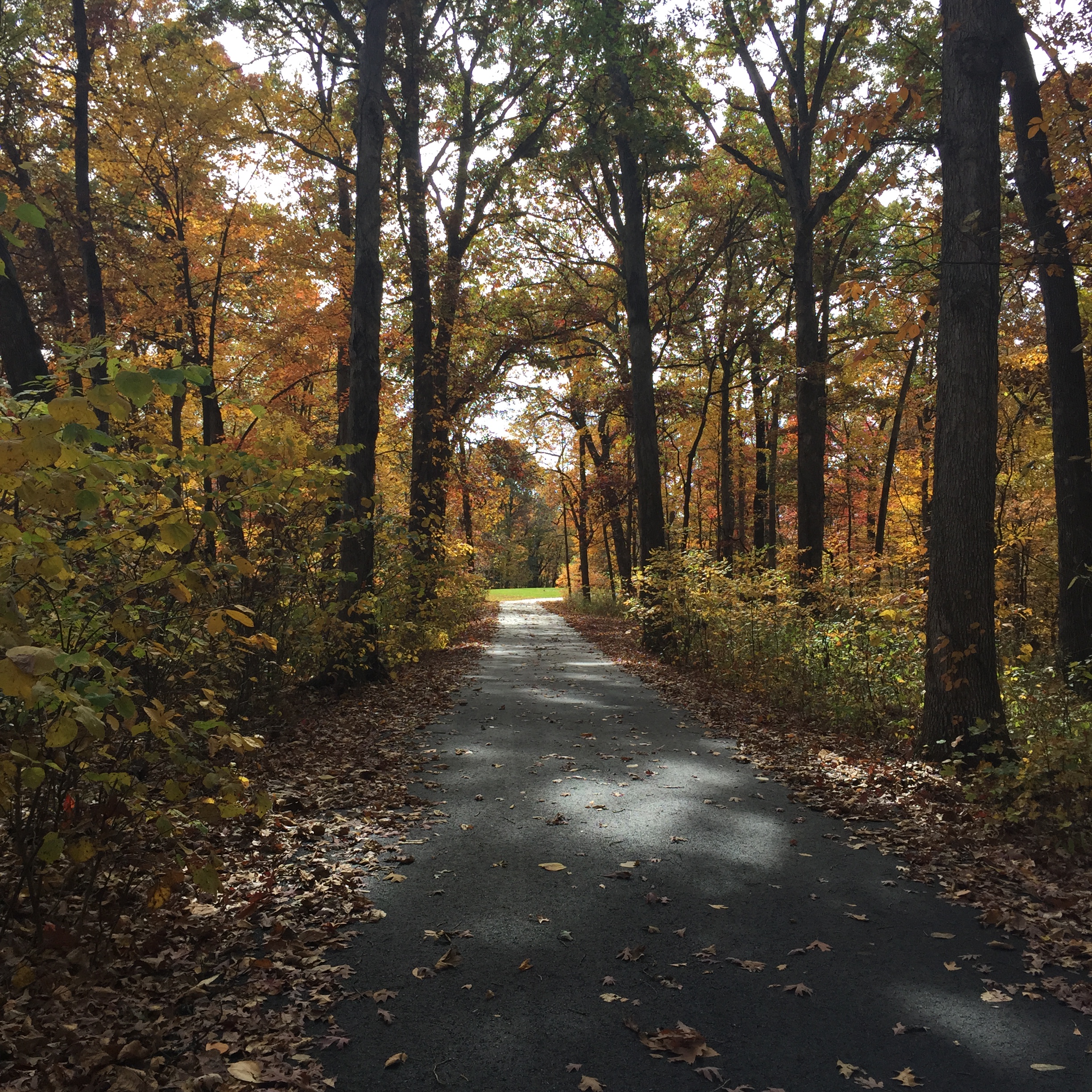Southern Indiana is a mixture of farmland, forest and a series of 1000 ft. limestone hills known as the 'Knobs'. Capriole's 80 acres lie just north of the Ohio River, across from metropolitan Louisville.
Our 80-acre farm is a knob on top of the Knobs—so hilly and rocky that only about 6 acres are level enough for buildings and gardens and only 20 suitable for pasture or hay fields.
Riddled with caves, springs, and underground streams, it’s not good farmland for cultivation, and, judging from the old liquor bottles we’ve found, there's no indication that Riddled with caves, springs, and underground streams, it’s not good farmland for cultivation, and, judging from the old liquor bottles we’ve found, there's no indication that Larry's forbearers found it prosperous in the 1800s. But it made a perfect farm for a small herd of goats, and the by-product (goat manure) has made for acres of beautiful gardens.Goats love to browse on deep rooted plants and small trees, and Capriole's 50+ acres of hardwoods—ash, oak, poplar, hickory, walnut, cherry, and persimmon—as well as vines, sumac, wild berries, and sassafras, set an irresistible table that required careful management. As the herd grew to hundreds of animals who were frequent escape artists, we saw them strip a stand of young cedars in a few hours. By 2012, there was no flat land on which to expand barns, or forage or loafing areas. It was time to sell the herd.
Farmland and woodland all around us were being turned into sub-divisions, so we partnered with Sycamore Land Trust to create a conservation easement that insured our farm would remain as conservation land and farmland in perpetuity. It abounds with wildflowers, dogwood, native persimmon, and nut trees, and has become a haven for migratory birds, white-tailed deer, foxes, coyotes, beaver, bobcats, and wild turkey.





